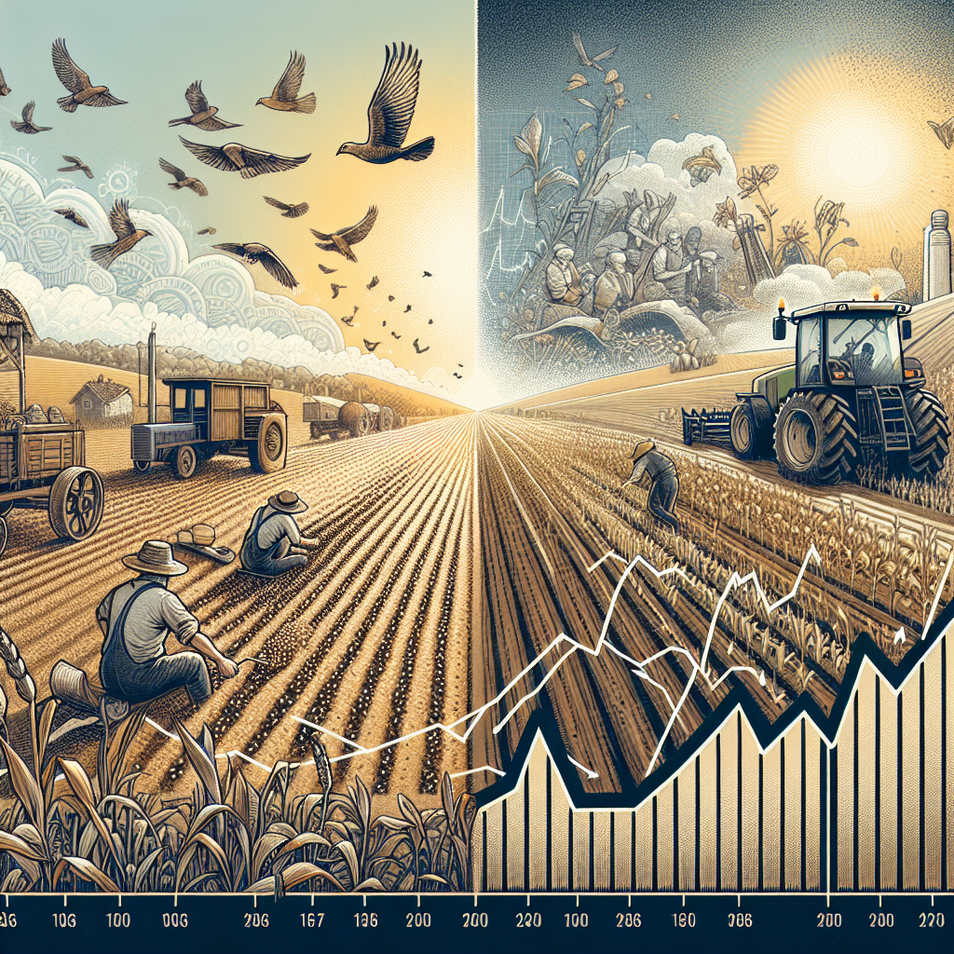Shifting Harvest: How Grain Bids Reflect a Changing Agricultural Landscape

The world of agriculture is steadily evolving, and perhaps nowhere is this more evident than in the realm of grain bidding. For farmers and grain buyers alike, daily grain bids serve as economic barometers, indicating market shifts, production expectations, and international trade flux. Recent fluctuations in these bids reflect not only seasonal changes but also the complex relationship between weather conditions, global demand, and domestic supply chains.
This week, regional elevators have posted varying buy prices for key commodities such as corn, soybeans, and wheat. These shifts are not arbitrary but are closely tied to whispers of droughts in the Midwest, surging input costs, and delayed planting timelines that have raised concern among agricultural stakeholders. With commodity futures influencing these prices, the bidding situation gives us a real-time window into the pressure facing both producers and purchasers.
Technology has played an increasingly significant role in how grain bids are processed and analyzed. From mobile apps to real-time online dashboards, both small and large-scale farmers now have tools at their fingertips that once were reserved for large agribusiness firms. These digital platforms not only ensure greater transparency but also enable quicker decision-making to maximize profits or minimize losses amid volatile markets.
At the core of grain bidding is the age-old challenge of predictability in an unpredictable environment. Many farmers are choosing to forward-contract a portion of their harvests to secure baseline revenue while keeping the rest open to market highs. This strategy reflects a calculated blend of caution and ambition, where risk management is just as crucial as yield outcomes.
Ultimately, grain bids are more than just numbers—they tell a story of regional resilience, shifting climates, and the drive of American agriculture to adapt. As we watch these prices rise and fall, it’s important to consider the broader forces at play. From the soil to the stock exchange, every shift in the grain market echoes a larger global narrative about food, economics, and sustainability.

